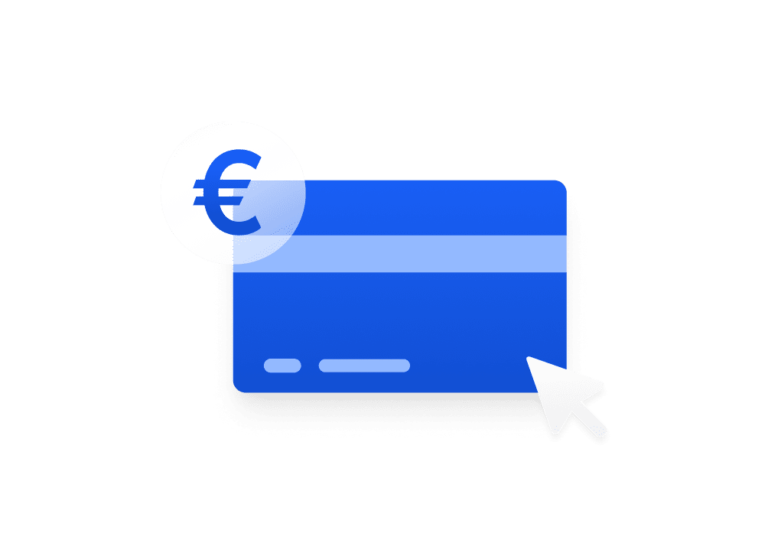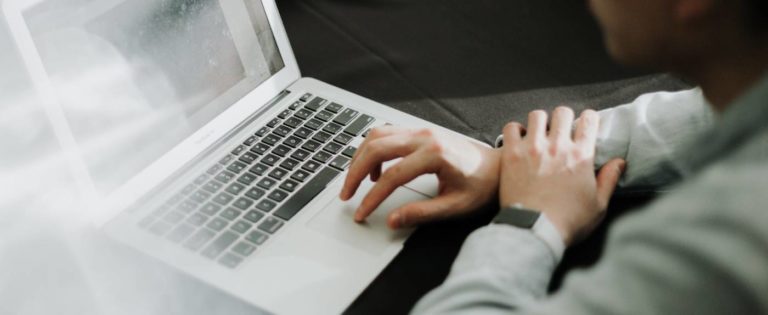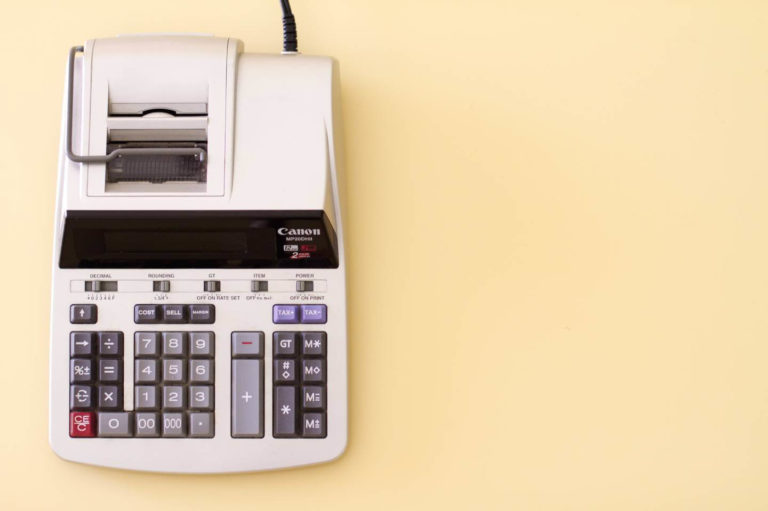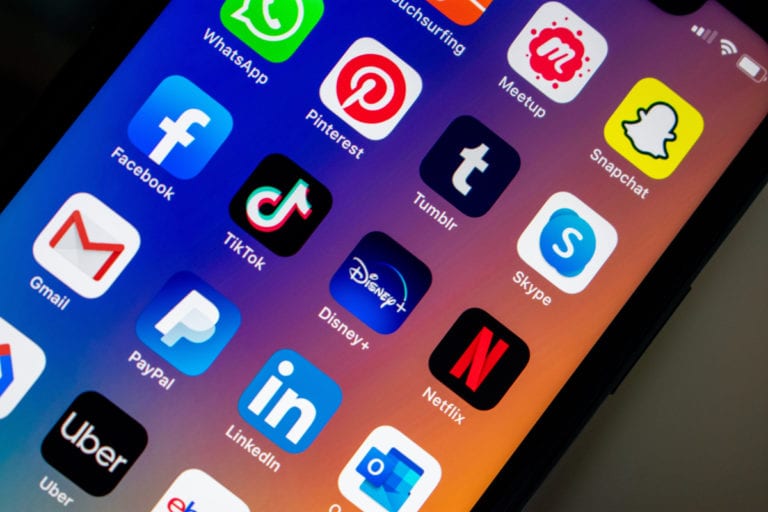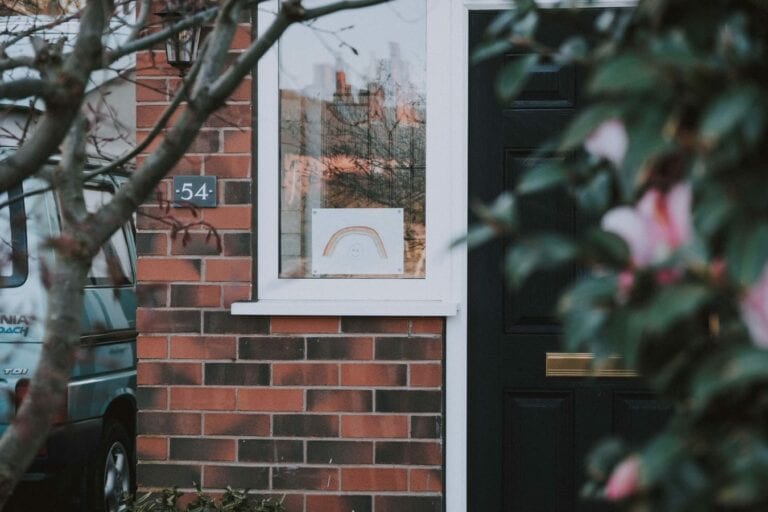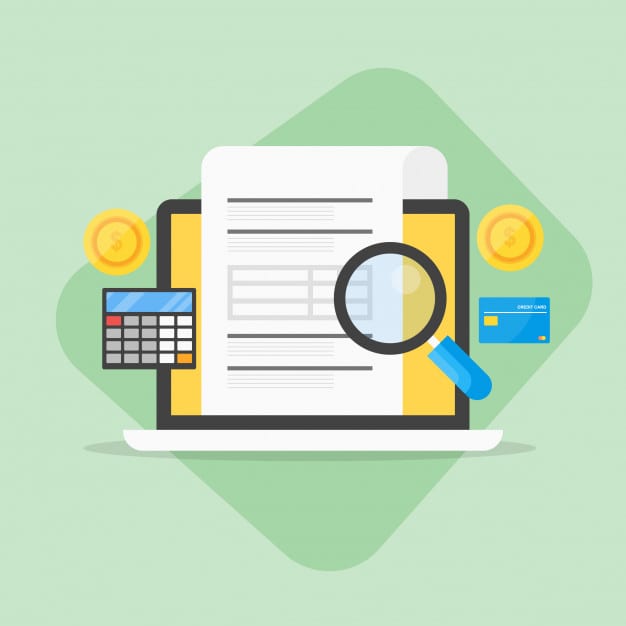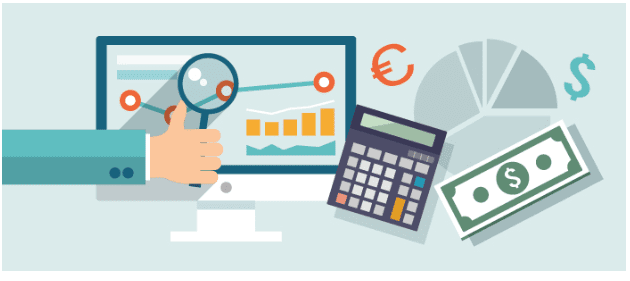In a circular economy, economic activity builds and rebuilds overall system health. The concept recognises the importance of the economy needing to work effectively at all scales – for large and small businesses, for organisations and individuals, globally and locally.
Think of when a tree grows and then dies, it breaks down and fertilizes the soil so that new life, perhaps a new tree, can grow. This is circular because the tree went through all its growth stages before decaying and giving way to something new.
Transitioning to a circular economy does not only amount to adjustments aimed at reducing the negative impacts of the linear economy. Rather, it represents a systemic shift that builds long-term resilience, generates business and economic opportunities, and provides environmental and societal benefits.
To get there, all businesses need to change the way they work, and consumers need to be more switched on to the negative environmental impacts that our consumption is causing.
Our Linear Approach
Our linear approach to live, the “linear economy”, is the direct opposite to the circular economy. As humans, we make, we use, and then we dispose.
Take smartphones, for example. We buy a brand-new model only to ditch and dispose of it in as little as one-to-two years, perhaps sooner, when a brand new one comes out. This happens with all products—computers, furniture, washing machines, refrigerators… most of the components will end up stuffed in landfill to rot.
While we do recycle as humans, we don’t do enough.
Each time we ditch the old and replace it with the new, we are eating into a finite amount of resources and often produce toxic waste and emissions. In the long-term, this simply can’t work.
So, what can?
The Circular Economy
If we accept that the world’s cyclical economy works, can we change our ways of thinking and living so that we too operate a circular economy?
By rethinking and redesigning products and components, and the packaging they come in, we can create safe and compostable materials that help to grow more things. No waste. No resources lost.
The model distinguishes between technical and biological cycles. Consumption happens only in biological cycles, where food and biologically based materials (such as cotton or wood) are designed to feed back into the system through processes like composting and anaerobic digestion.
These cycles regenerate living systems, such as soil, which provide renewable resources for the economy. Technical cycles recover and restore products, components, and materials through strategies like reuse, repair, remanufacture or (in the last resort) recycling.
Why the Need to Change?
The current system is no longer working for businesses, people or the environment. The linear economy must change.
We must transform all the elements of the take-make-waste system: how we manage resources, how we make and use products, and what we do with the materials afterwards. Only then can we create a thriving economy that can benefit everyone within the limits of our planet.
By moving to a circular economy, there could be a 48% reduction in carbon dioxide emissions by 2030. In addition to this, there could be as much as $550 bullion saved in healthcare and associated costs, plus up to $700 million saved annually material costs in the fast-moving consumer goods industry.
Shifting the system involves everyone and everything: businesses, governments, and individuals; our cities, our products, and our jobs. By designing out waste and pollution, keeping products and materials in use, and regenerating natural systems we can change the world and reinvent everything.
What Can I Do?
The move to a circular economy starts with you and every other consumer and business on the planet. We all need to be doing our bit to ensure that we are looking after our planet by being less wasteful, recycling where possible, and carrying out environmentally friendly practices in both production and consumption.
We recommend reading up a little more on the circular economy and learning what it is all about. Over the next few years, particularly as we head into the mid-2020s, it is expected that some of the world’s biggest corporations will be pushing for a move to a circular economy.
